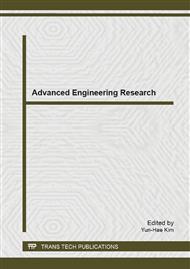p.1062
p.1066
p.1070
p.1074
p.1078
p.1082
p.1086
p.1096
p.1103
Droplet Transfer Analysis of Intermittent Pulsed Arc Welding Used to Repair the Metal Defects
Abstract:
Intermittent pulsed arc welding using micro heat control, it can be used to repair the defect of metal parts. But the droplet transfer mode is different from the general pulsed TIG. The image signals of intermittent pulsed droplet transfer are acquired using speed camera systems. Then, the characteristics of droplet transfer for intermittent pulsed arc welding were discussed. The results showed that in the Intermittent pulsed arc welding repair process, welding wire and substrate surface were melted by instantaneous high voltage arc and formed drop wise droplet. And with gravity and surface tension the droplet jitter, roll, and then cooled and solidified rapidly. The change of microstructure is continuous from the substrate to the droplet, showing a good metallurgical bonding.
Info:
Periodical:
Pages:
1078-1081
Citation:
Online since:
April 2014
Authors:
Keywords:
Price:
Сopyright:
© 2014 Trans Tech Publications Ltd. All Rights Reserved
Share:
Citation:


